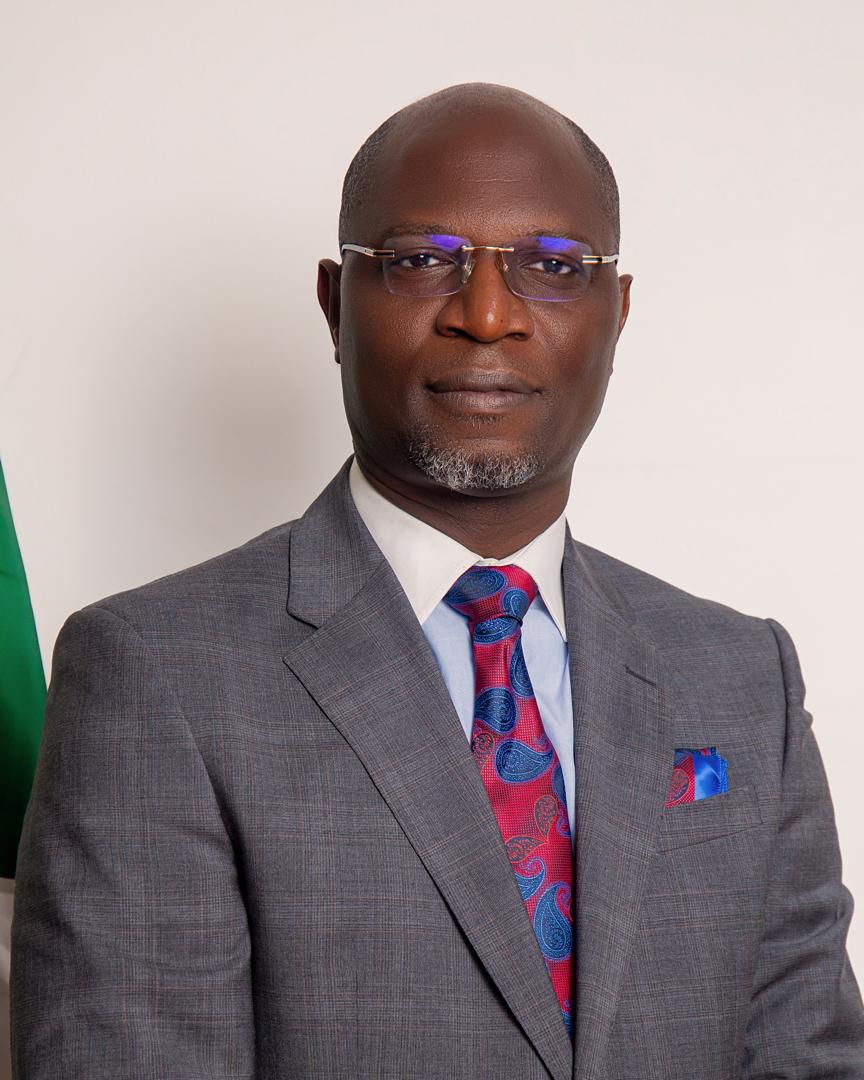
The Federal Executive Council (FEC), on Wednesday, approved the new 2020-2023 Medium-Term Debt Management Strategies, raising Nigeria’s Total Public Debt as a percentage of GDP from 25% to 40% ceiling.
The Medium-Term Debt Management Strategy (MTDS), according to a statement by the Debt Management Office (DMO), “is a policy document that provides a guide to the borrowing activities of a Government in the medium-term, usually four years.”
Recognized as one of the best practices in public debt management, it is recommended by the World Bank (WB) and International Monetary Fund (IMF) to ensure that public debt management is driven by a well-articulated Strategy that is structured to meet a country’s broader macroeconomic and public debt management objectives, it stressed further.
A summary of the new strategy, shows that while borrowing will continue to be from domestic and external sources, “a larger proportion of new borrowing will be from domestic sources using long-term instruments.
In the case of “External Borrowing, concessional funding from multilateral and bilateral sources will be prioritized,” the DMO stressed.
Implementation of the strategy over the years, it said, “has helped in managing the structure of the growing public debt, and ensured debt sustainability, as well as effectiveness in public debt management.”
With the approval of the Federal Executive Council of the MTDS 2020-2023, it explained further the Strategy will be implemented to support economic development while ensuring that the Public Debt is sustainable.
Justifying the increase in a statement, the nation’s DMO, said it is to “accommodate new borrowings to fund budget deficits and other obligations of government; Promissory Notes to be issued to settle Government Arrears; and, the Ways and Means Advance at the Central Bank of Nigeria.”
This ratio, it argued, “is still well below the World Bank/International Monetary Fund’s recommended threshold of 55% for countries in Nigeria’s peer group.”
The government is also targeting a portfolio composition of 70:30 of domestic to foreign debts, in what it says is to strengthen the local debt market, while also optimizing access to both Concessional and Commercial sources of funding.
At the end of 2019, actual domestic to foreign debt ratio stood at 67:33 portfolio composition, from 84:16 at the end of December 2015.
The administration also seeks to sustain the issuance of longer-tenored instruments with tenors of 10 years and above, in order to effectively manage Refinancing Risks, even as it noted risks such as the average tenor of debt portfolio of between 75% and 25%; and a long and short-term domestic debt mix.
Following the FEC approval, the statement assured that the MTDS, 2020-2023 “Strategy will be implemented to support economic development while ensuring that the Public Debt is sustainable.”
The MTDS, 2020-2023 was prepared by the DMO, in collaboration with relevant stakeholders such as the Federal Ministry of Finance, Budget and National Planning, Central Bank of Nigeria (CBN), Budget Office of the Federation, National Bureau of Statistics, and the Office of the Accountant-General of the Federation.











